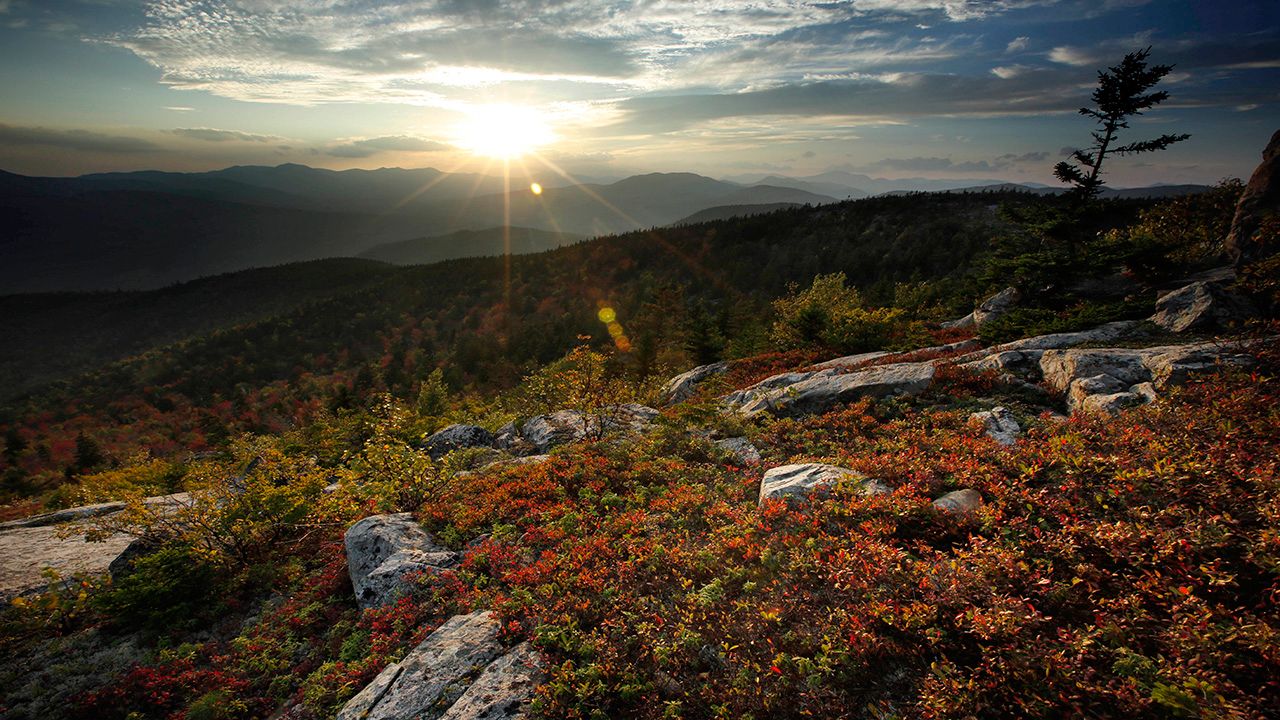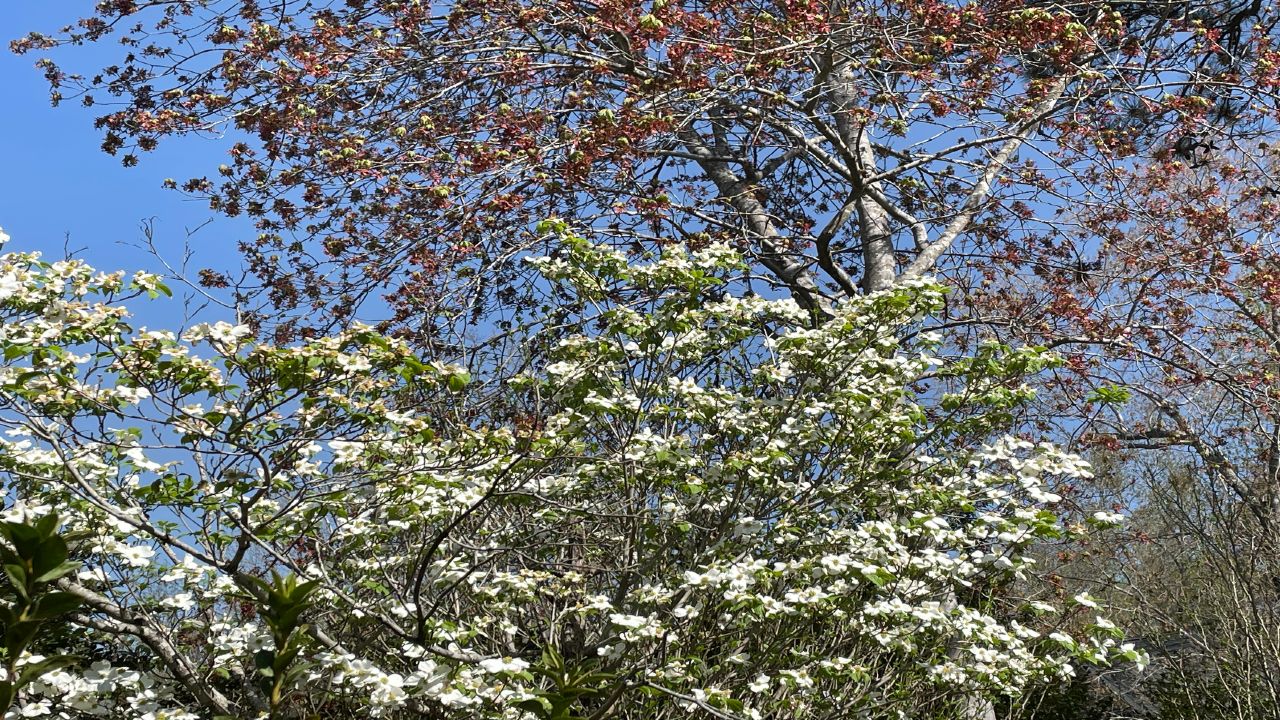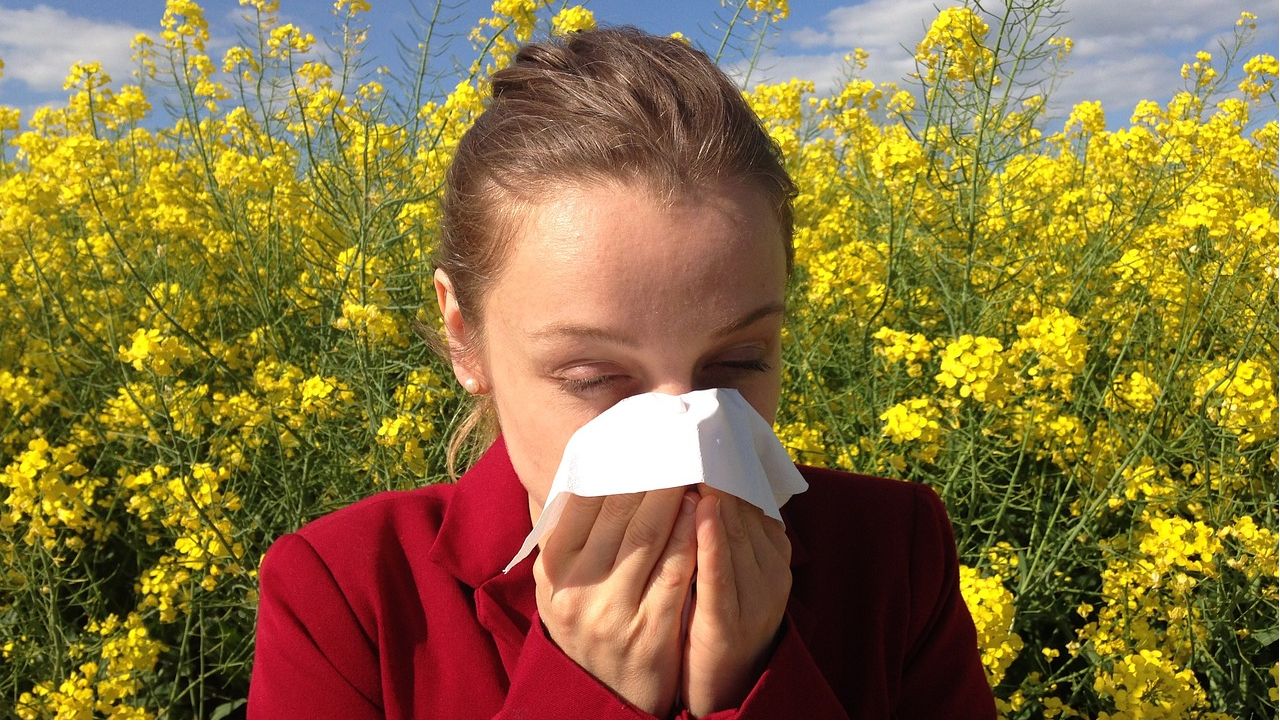With fall finally here, let's look at some interesting facts that come with the wonderful season.
Astronomical fall begins on either Sept. 22, 23, or 24 of each year. But why does it occur on a different day from year to year?
The equinox isn't a daylong event. It's a time. The Earth and the sun's position define when it happens.
That being said, the Gregorian calendar does not match up perfectly with the Earth's position and its orbit around the sun.
The Earth actually takes about 365 days, 5 hours and 59 minutes to orbit the sun, and that added time allows for different timing with the autumnal equinox.
It's also why we have leap day.

Do you ever wonder why we get those brilliant yellow, orange and red colors in the fall?
It all has to do with sunshine and chlorophyll.
In the leaves, chlorophyll helps produce nutrients that give the plant life using the sun's energy. It also gives leaves their green color.
In the spring and summer, there is plenty of sunshine for the chlorophyll to do its job. However, in the fall, days get shorter, and we don't see as much sunshine.
The change in daylight and temperature causes the plant to stop the food-making process. In turn, the chlorophyll isn't needed, and it breaks down, taking the green color with it and revealing the beautiful hues we associate with fall.
Snowshoe Hare: The snowshoe hare isn't white all year round. Their fur is typically a dark brown color, but they will start the switch to white in the fall. This helps them hide from predators in the winter. It takes about 10 weeks to change their coat color.
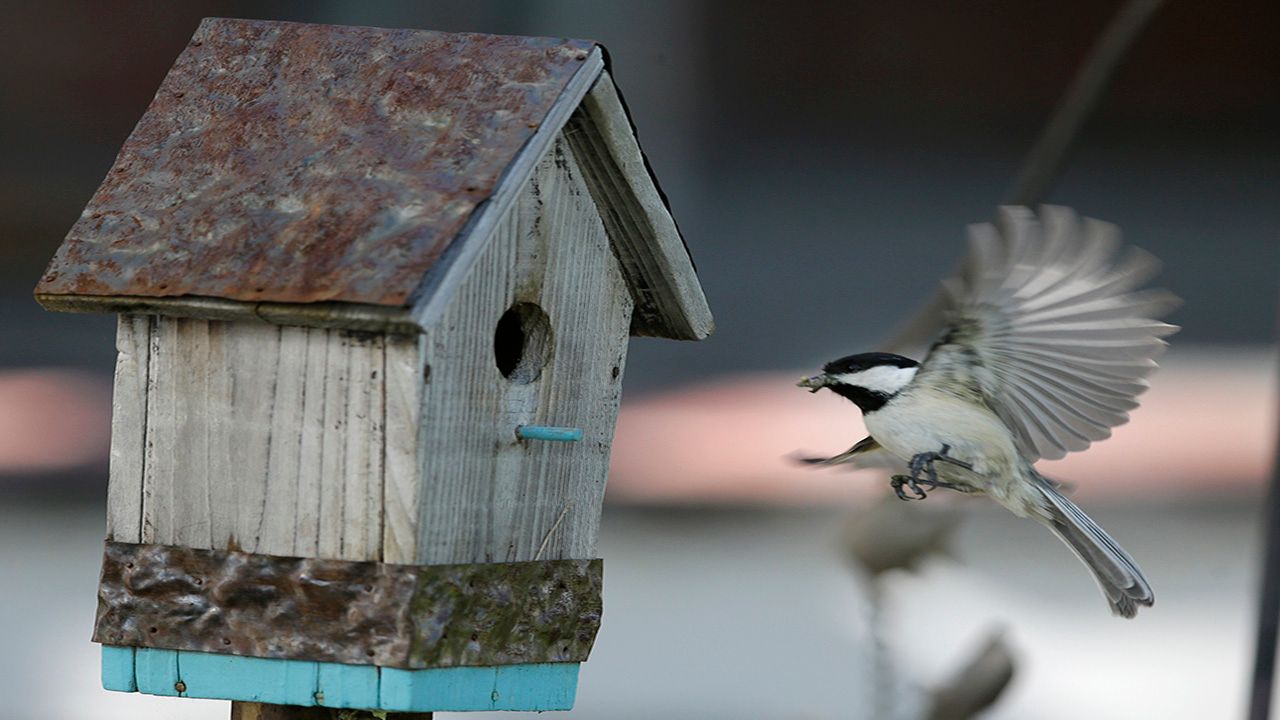
Black-Capped Chickadee: In the fall, this bird hides seeds to eat later and can remember thousands of hiding spots. The brain neurons that contain old information die, allowing new neurons to grow so they can adapt to the new environments.
Ladybugs: Believe it or not, ladybugs also fatten up for the winter. During fall, they eat thousands of aphids and other prey. After feasting, they gather in large groups to wait out the winter. The big group of bright colors often warns predators to stay away.
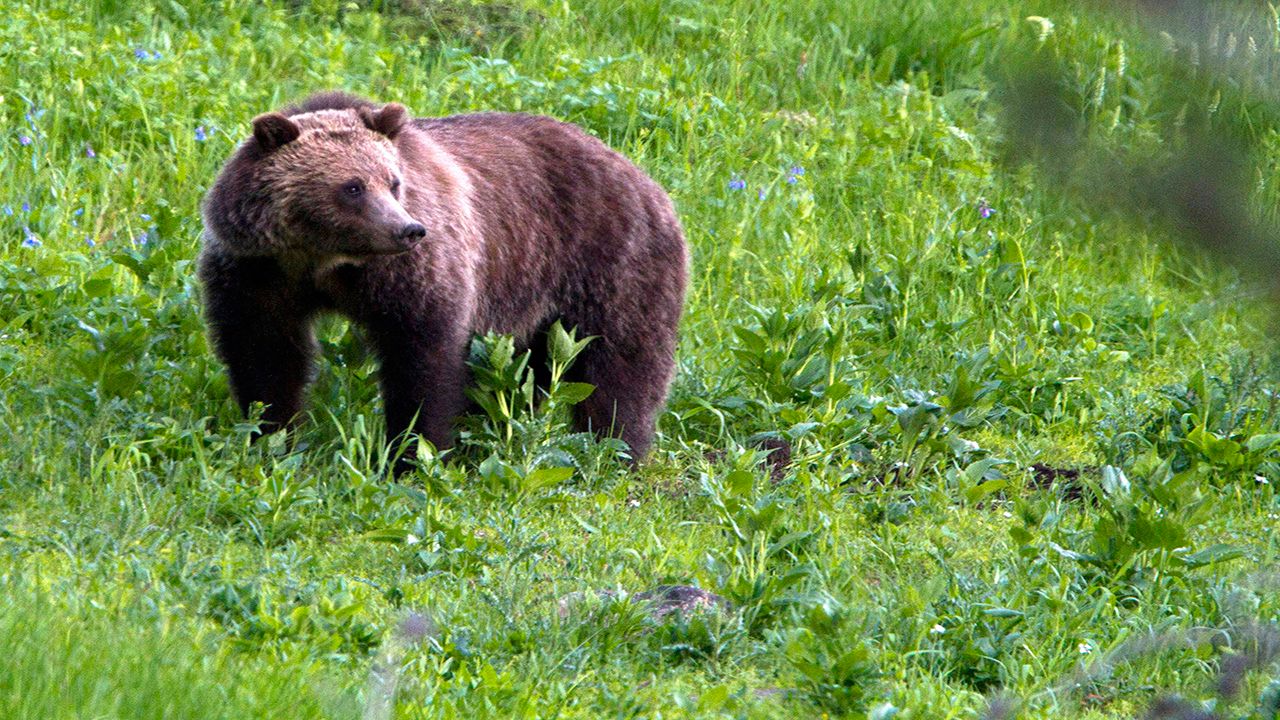
Grizzly Bears: A grizzly's body can regulate its genes differently in the fall and winter. This allows their bodies to process sugars in a way that helps their brain during hibernation. It also allows their body to metabolize fat during hibernation so they can survive.
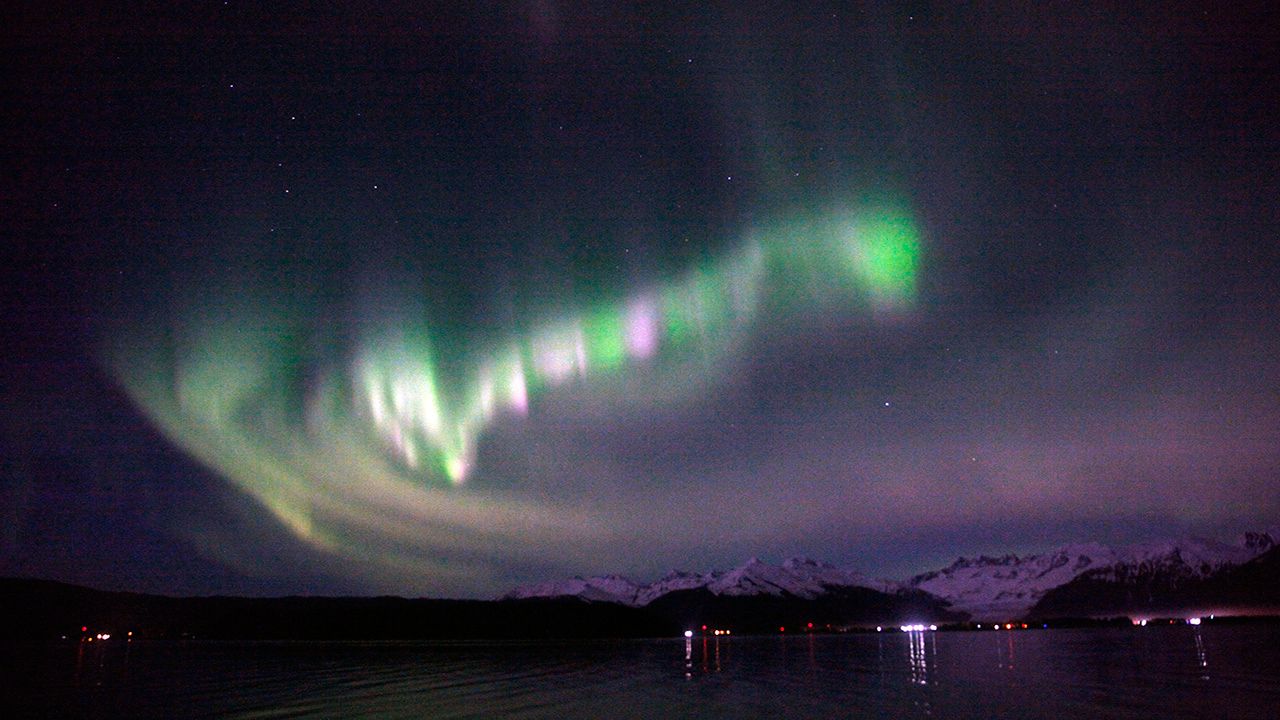
Fall is one of the best times to view auroras. NASA even calls fall the "aurora season."
NASA explains auroras appear during geomagnetic storms. When a solar wind gust travels toward Earth, the particles from the wind react with the Earth's magnetic field.
Particles in the magnetic field get "knocked loose," and when those particles hit the Earth's atmosphere, it produces the beautiful light show.
The reason fall is one of the best times to view these light shows is one, nights are longer, which is the best time to view them, and two, geomagnetic storms are twice as frequent in the fall.
Fall is a great season for many outdoor activities, including hiking, leaf-peeping and stargazing.
Try to get out as much as possible to explore all the beautiful wonders of the season.
Our team of meteorologists dives deep into the science of weather and breaks down timely weather data and information. To view more weather and climate stories, check out our weather blogs section.





